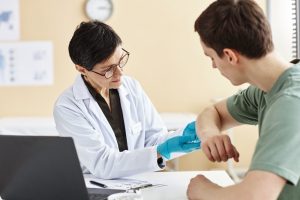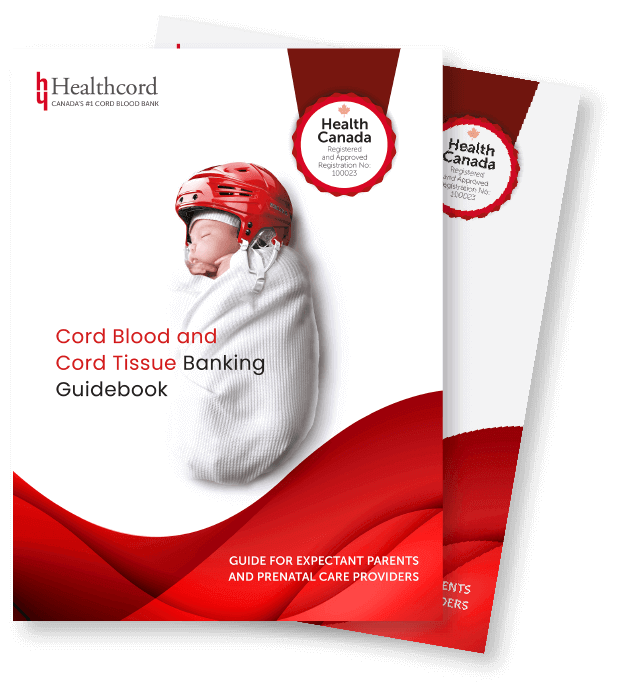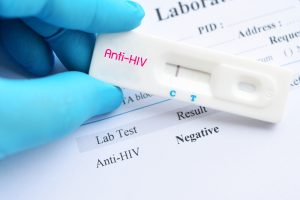
Newly discovered protein may increase the regenerative potential of stem cells
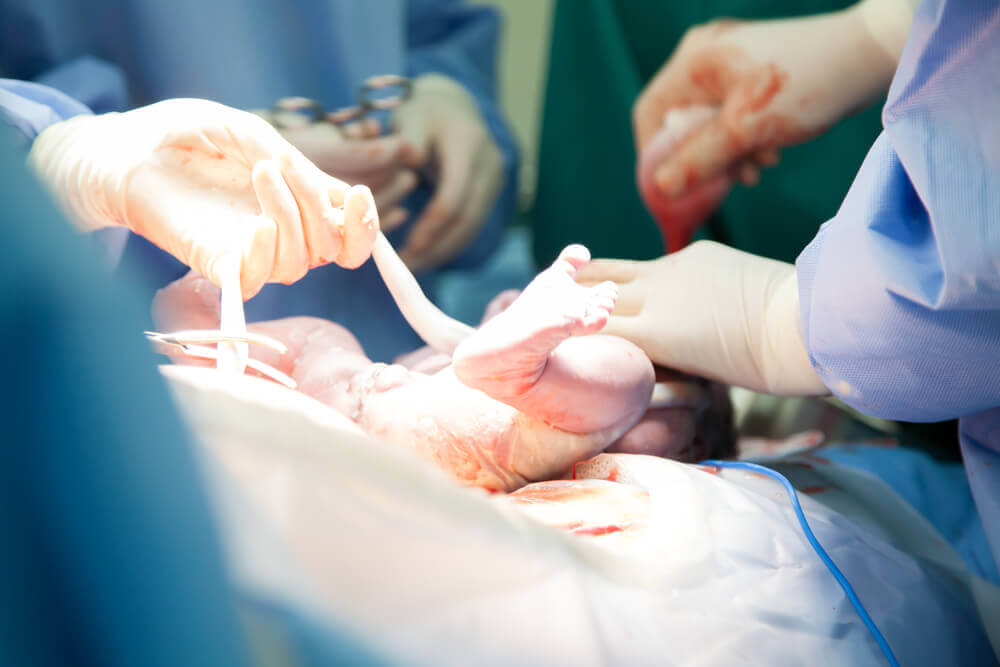
Scientists at the University of California in Los Angeles have identified a protein that regulates the ability of stem cells to renew themselves. The results, published in the prestigious Journal of Clinical Investigation, may lead to better methods to grow stem cells, such as those derived from cord blood, and increase both the number and potential of stem cells in life-saving cell therapy treatments.
Unlike most other cells in the body, stem cells have the exceptional ability to renew and grow into more stem cells, and change into the mature functional cells of the body such as blood, muscle, and nerve cells. An ongoing challenge of cell therapy is the development of methods to grow valuable stem cells once they are removed from the body so that more cells are available for use, resulting in improved transplantation outcomes. A further challenge is the growth of stem cells after they have been transplanted into a recipient. This study showed that a newly identified protein, known as protein tyrosine phosphatase sigma (PTPσ), regulates the ability of stem cells to proliferate upon transplantation. Researchers Dr. John Chute and colleagues showed that stem cells from PTPσ-deficient mice had an improved transplantation outcome compared to normal stem cells.
The scientists then selected human umbilical cord stem cells that express low levels of PTPσ, and discovered that these cells also had a better regeneration potential following transplantation. Future therapies may make use of this discovery to target the PTPσ protein in order to increase the therapeutic potential of cord blood stem cells.
Reference:
Quarmyne, M, Doan, PL, Himburg, HA, et al. (2015) Protein tyrosine phosphatase-σ regulates hematopoietic stem cell-repopulating capacity. J. Clin. Invest. 125, 177–182. doi: 10.1172/JCI77866
Related Posts
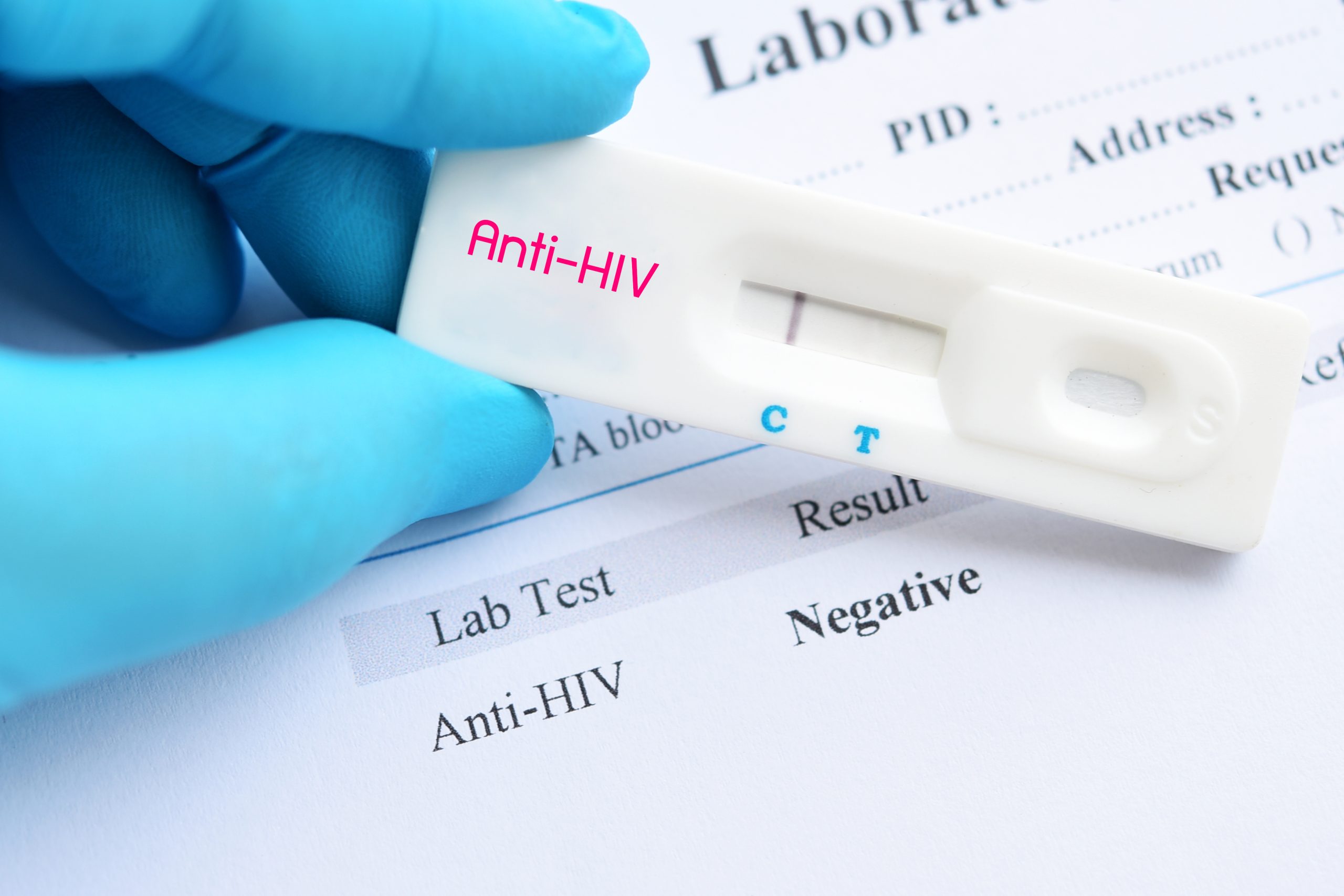
Novel Cord Blood Stem Cell Treatment Leads to HIV Remission


Stem Cell Transplantation Shows Potential in Stroke Recovery





